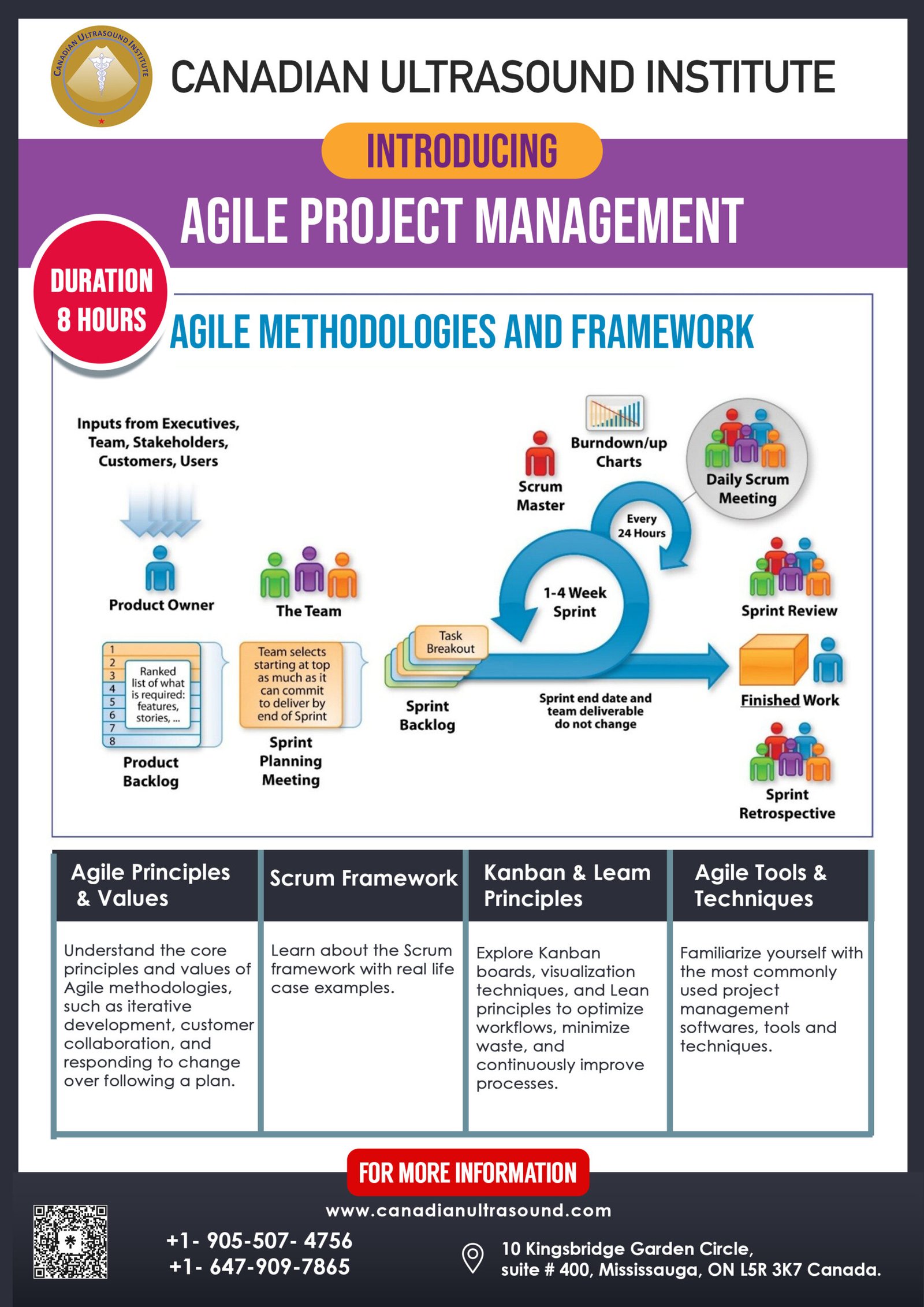 Introduction
Introduction
This section sets the stage for the course by introducing the importance of Agile project management in today’s dynamic business environment. It outlines the objectives of the course, such as understanding Agile principles, learning Agile methodologies, and mastering Agile project execution.
- A Brief History of Agile
This topic delves into the history of Agile methodologies, starting from the early days of software development and the challenges faced by traditional Waterfall methods. It discusses the emergence of Agile as a response to the need for more adaptive and customer-centric approaches to project management.
- Agile and Waterfall Project Management
Here, the differences between Agile and Waterfall project management are explored in-depth. It highlights how Agile methodologies prioritize collaboration, flexibility, and iterative development, contrasting with the sequential and rigid nature of Waterfall methodologies.
- The Agile Manifesto
These sections dissect the Agile Manifesto, focusing on its four core values (individuals and interactions, working software, customer collaboration, and responding to change) and the twelve principles that guide Agile project management practices. They emphasize the mindset shift required to embrace Agile methodologies effectively.
- When and why to Adopt an Agile Mindset
This topic delves into the factors that drive organizations to adopt an Agile mindset. It discusses scenarios such as rapidly changing requirements, complex projects, and the need for continuous feedback and adaptation, highlighting the benefits of Agile in addressing these challenges.
- Projects and Industries that Benefit from an Agile Approach
Here, specific examples of projects and industries that benefit from Agile methodologies are explored. It covers areas such as software development, product innovation, marketing campaigns, and project teams with diverse skill sets and cross-functional collaboration needs.
- Introduction to Scrum
This section provides a comprehensive introduction to the Scrum framework, including its roles, ceremonies, and artifacts. It explains how Scrum enables iterative development, transparency, and continuous improvement, making it a popular choice for Agile project management.
- Other Popular Agile Methodologies
Beyond Scrum, this topic explores other popular Agile methodologies such as Kanban, Lean, Extreme Programming (XP), and Dynamic Systems Development Method (DSDM). It discusses their unique principles, practices, and suitability for different project contexts.
- Blending Methods
The concept of blending Agile and traditional project management methods is discussed here. It covers strategies for integrating Agile principles into existing project management frameworks, leveraging the strengths of both approaches for enhanced project success and stakeholder satisfaction.


